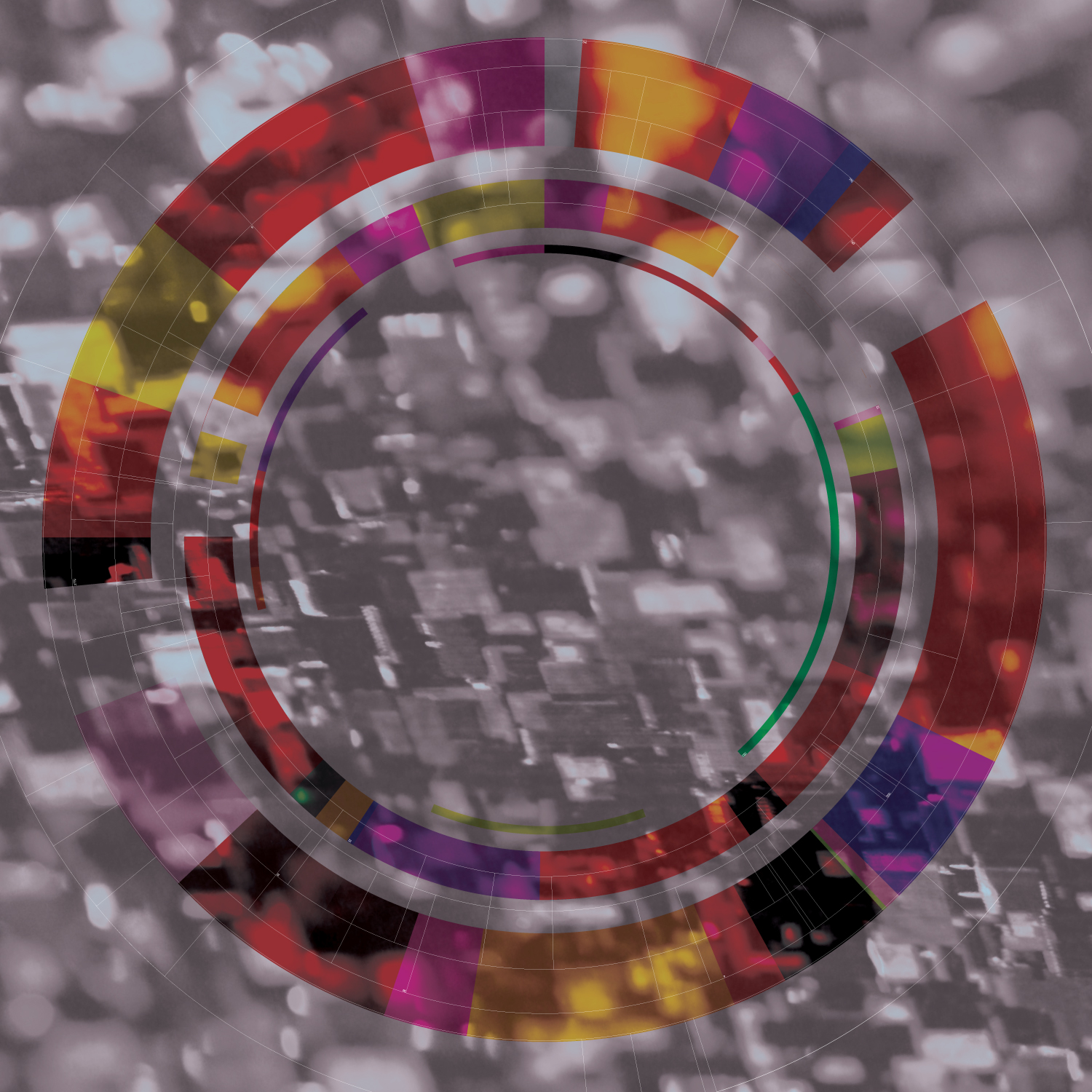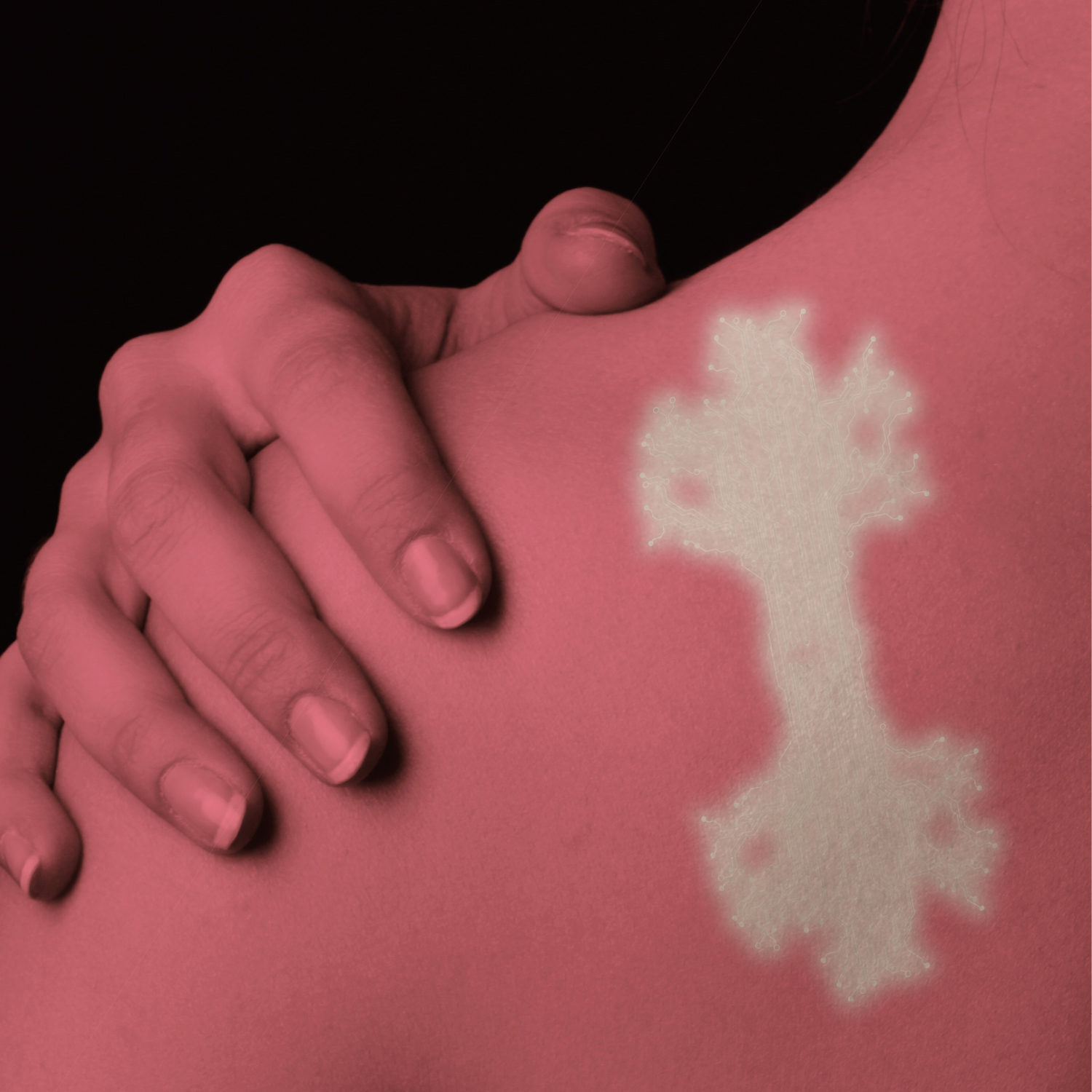
In the robotics community, there is considerable interest in mobile robots that can climb and perch on a wide variety of building surfaces. Both climbing and perching robots can be useful for sensor placement and long-term surveillance. The key is the design of controllable attachment mechanisms that can easily turn the adhesion on and off to allow the robot to move on the surface. Continue reading “C2ST Speakeasy: “Bio-Inspired Climbing Robots” with Dr. Matthew Spenko”

From tennis rackets to sunscreen, from stained glass windows to computer memory, the applications of nanoscale materials research are all around us. New television displays, cell phones and other digital devices incorporate nanostructured polymer films known as light-emitting diodes, or OLEDs. Continue reading “The Nature of Nano 2”

Beverage cans. Jet Engines. Silicon semiconductors. All of these inventions have crystallography, the study of ordered structures, to thank. 100 years ago, the process of X-ray crystallography was discovered, allowing the atomic order of many materials to be determined. Continue reading “The Order of Crystallography”

From tennis rackets to sunscreen, from stained glass windows to computer memory, the applications of nanoscale materials research are all around us. New television displays, cell phones and other digital devices incorporate nanostructured polymer films known as light-emitting diodes, or OLEDs. Continue reading “The Nature of Nano”

Biology is soft, curvilinear and transient; modern silicon technology is rigid, planar and everlasting. Electronic systems that eliminate this profound mismatch in properties will lead to new types of devices, capable of integrating non-invasively with the body, providing function over some useful period of time, and then dissolving into surrounding biofluids.
Continue reading “Body & Machine – Epidermal Electronics”



